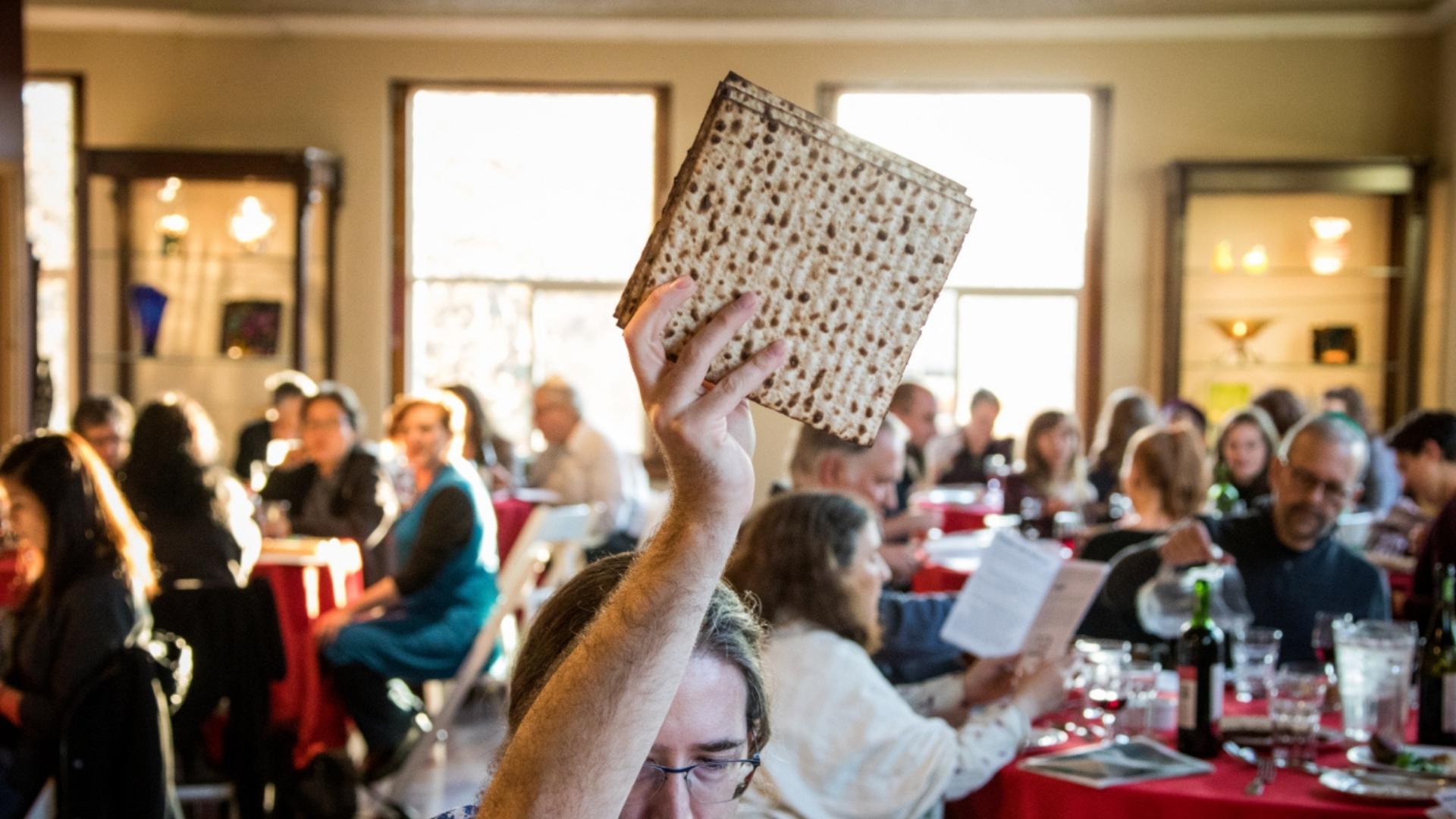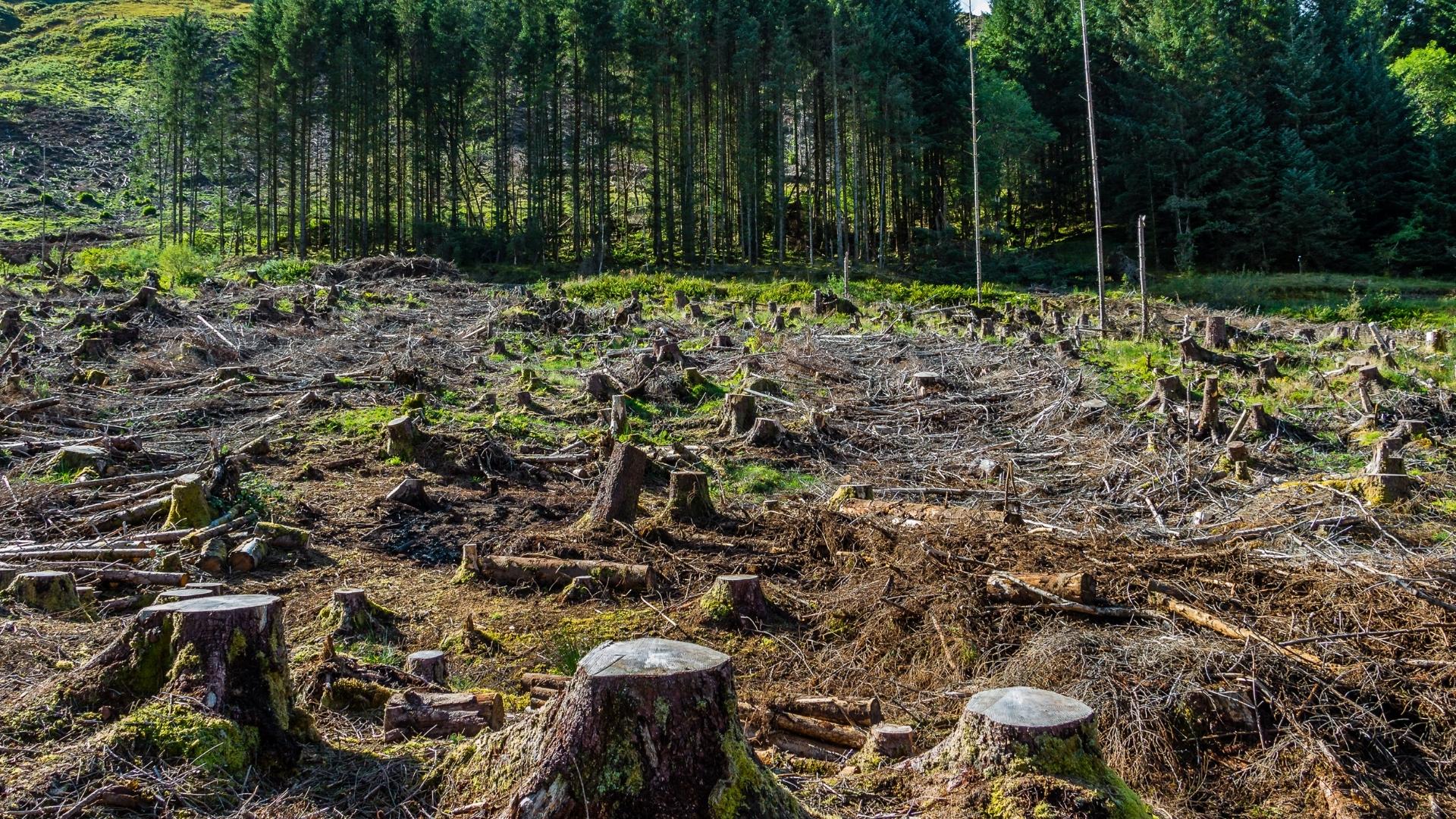An Introduction
In the Garden of Eden, God created a human being from the earth and said to them:
וַיֹּ֣אמֶר אֱלֹהִ֗ים הִנֵּה֩ נָתַ֨תִּי לָכֶ֜ם אֶת־כׇּל־עֵ֣ש זֹרֵ֣עַ זֶ֗רַע אֲשֶׁר֙ עַל־פְּנֵ֣י כׇל־הָאָ֔רֶץ וְאֶת־כׇּל־הָעֵ֛ץ אֲשֶׁר־בּ֥וֹ פְרִי־עֵ֖ץ זֹרֵ֣עַ זָ֑רַע לָכֶ֥ם יִֽהְיֶ֖ה לְאׇכְלָֽה׃
Behold, I have given you every herb-yielding seed which is upon the face of all the earth, and every tree that has seed-yielding fruit—to you it shall be for food.
—Genesis 1:29
In other words: Look at all these plants! That’s your food.

God creates a paradise, in this very first story of our people, where humankind is 100% plant-based. That’s a story we’ve read, chanted, and carried with us for thousands of years. It’s a tradition that is formative and central to our people. And it doesn’t end there—that’s only the beginning.
After the humans are expelled from the Garden, they remain vegetarian for the thousand or so years that follow. It’s only at the time of the Flood, when Noah and his family are found to be the only people worth saving, that God first grants permission to eat meat.
Remember that God sends the Flood because God is so distraught by how cruel and wicked people have become. They’re so far below what God’s original intentions had been—in the words of Rabbi Abraham Isaac Kook, at their lowest spiritual state—that God recognizes the need to lower God’s standards of how ethically people can behave.

So as Noah emerges from the ark, God says to him:
כׇּל־רֶ֙מֶשׂ֙ אֲשֶׁ֣ר הוּא־חַ֔י לָכֶ֥ם יִהְיֶ֖ה לְאׇכְלָ֑ה כְּיֶ֣רֶק עֵ֔שֶׂב נָתַ֥תִּי לָכֶ֖ם אֶת־כֹּֽל׃
Every creature that lives shall be yours to eat; as with the green grasses, I give you all these.
אַךְ־בָּשָׂ֕ר בְּנַפְשׁ֥וֹ דָמ֖וֹ לֹ֥א תֹאכֵֽלוּ׃
You must not, however, eat flesh with its life-blood in it.
—Genesis 9:3-4
What’s going on here?

God clearly states that people can now eat animals, for the first time. But with it, we get the very first restriction on what we can and cannot eat: blood is explicitly forbidden.
If eating animals is to be permitted in Jewish life—and, to be clear, it is permitted—then there need to be restrictions put in place to limit consumption, incorporate spiritual and ethical values, and guide us towards making conscious, mindful choices about what we eat. And that’s exactly what our tradition did, building out a system of kashrut, the kosher laws.

Have you ever noticed that the kosher laws are all restrictions on eating animals and animal products? Eating veg makes keeping kosher much, much easier, and that’s not an accident. God tells us not to eat flesh with its life-blood in it; not to eat predatory animals; not to boil baby kids in the milk of their mothers; and on and on. In Jewish text and teaching, eating animals requires deep thought, care, and caution.
As 15th-century Sephardic sage Rabbi Joseph Albo writes:
In the killing of animals there is cruelty, rage, and the accustoming of oneself to the bad habit of shedding innocent blood.
—Rabbi Joseph Albo
Judaism understands the killing and eating of animals to be spiritually problematic. Ours is a tradition that values, above all else, life.
So what does this mean for us?
We live in a different world from our ancestors. In the United States, 99% of all animal products—including those certified kosher—originate from factory farms. Known for their cruelty both to animals and human workers, their massive risk to public health, and their devastating effect on the environment, these centerpieces of the modern industrialized food system are antithetical to all of our tradition’s values.
Judaism has explicit laws on the treatment of nonhuman animals, the human body, and the Earth we share with all life. Find more detailed information on each of these values here:
Here and now, the choices we make impact directly the future we build. What do we want that future to be?
Our tradition has an answer: a beautiful vision of the world to come. In that renewed paradise, we read:
וְגָ֤ר זְאֵב֙ עִם־כֶּ֔בֶשׂ וְנָמֵ֖ר עִם־גְּדִ֣י יִרְבָּ֑ץ וְעֵ֨גֶל וּכְפִ֤יר וּמְרִיא֙ יַחְדָּ֔ו וְנַ֥עַר קָטֹ֖ן נֹהֵ֥ג בָּֽם׃
The wolf shall dwell with the lamb,
The leopard lie down with the kid;
The calf, the beast of prey, and the fatling together,
With a little boy to herd them.
וּפָרָ֤ה וָדֹב֙ תִּרְעֶ֔ינָה יַחְדָּ֖ו יִרְבְּצ֣וּ יַלְדֵיהֶ֑ן וְאַרְיֵ֖ה כַּבָּקָ֥ר יֹאכַל־תֶּֽבֶן׃
The cow and the bear shall graze,
Their young shall lie down together;
And the lion, like the ox, shall eat straw.
—Isaiah, 11:6-7

And you can bet that if even the carnivores are vegan, the humans are going to be!
Our sacred story begins and ends with a vision of the world at its best, in its most peaceful, whole, and ideal state: a world where all beings live in harmony, where all find joy and meaning, and where all eat of the bounty of the earth. We carry a vision of that paradise with us, in our texts, our songs, our stories, and our hearts. And we have the ability, and the agency, to make the choices that will lead us there.
Yehi ratzon milfaneinu. May it be our will.



